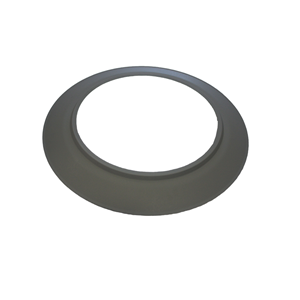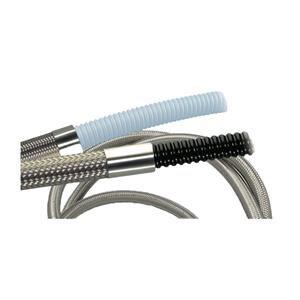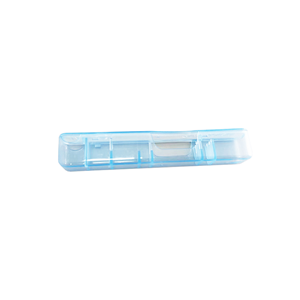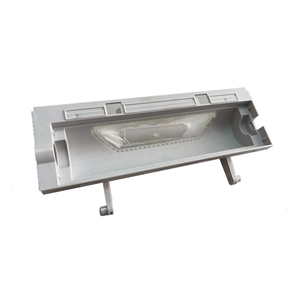The future has arrived! The trend of intelligent and lightweight development of anti sticking tire isolation rings
With the transformation of the automotive industry towards intelligence and electrification, Anti sticking tire isolation rings have also ushered in new development opportunities. Intelligent monitoring and lightweight design have become the two core development directions in the future, which will bring new breakthroughs to tire performance upgrades.
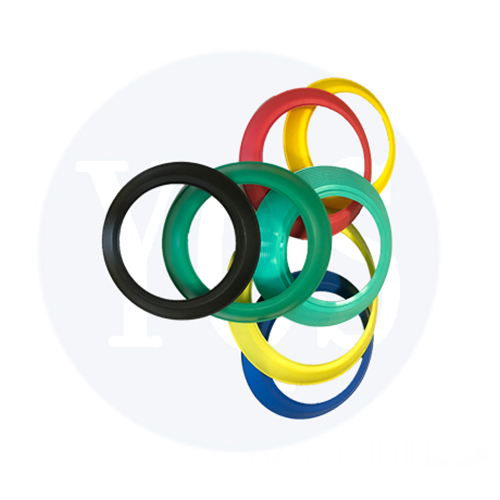
Intelligent bead spacers will become important "perception nodes" in the era of autonomous driving. By embedding micro pressure sensors and temperature sensors inside the partition, real-time monitoring of pressure changes and temperature fluctuations in the tire bead area can be achieved, and the data can be transmitted to the vehicle control system. When abnormal tire bead pressure (such as 10% below the standard value) or high temperature (exceeding 150 ℃) is detected, the system will immediately issue a warning to the driver and adjust the vehicle's driving parameters (such as reducing vehicle speed and braking frequency) to avoid safety accidents. In autonomous driving tests, vehicles equipped with intelligent partitions achieved an accuracy rate of 98% in tire fault warning, detecting hidden dangers 15 minutes earlier than traditional fault detection methods.
Lightweight is another important development trend for tire pads, especially suitable for the demand of new energy vehicles for weight reduction and consumption reduction. A new type of partition made of carbon fiber and lightweight alloy composite material is used, which reduces the weight by 40% compared to traditional rubber partitions, and can reduce the weight of a single tire by 0.8 kilograms. For new energy vehicles, for every 10 kilograms of weight reduction, the range can be increased by 2-3 kilometers. If all four tires of the vehicle are equipped with lightweight partitions, the range can be increased by 6-8 kilometers. At the same time, lightweight partitions can also reduce the rotational inertia of tires, improve vehicle acceleration performance, and shorten the 0-100 km/h acceleration time by 0.3 seconds in actual tests.
In addition, modular design will enhance the universality and maintenance convenience of the tire plate. In the future, Tire Plate can be divided into modules such as basic support layer, functional enhancement layer (such as wear-resistant layer, sealing layer), intelligent monitoring layer, etc., which can be flexibly combined according to the needs of different vehicle models to reduce production and research and development costs. During maintenance, only the damaged module needs to be replaced, without the need to replace the partition as a whole, which can reduce maintenance costs and waste generation by 50%, promoting the tire industry's transition to a circular economy model.

